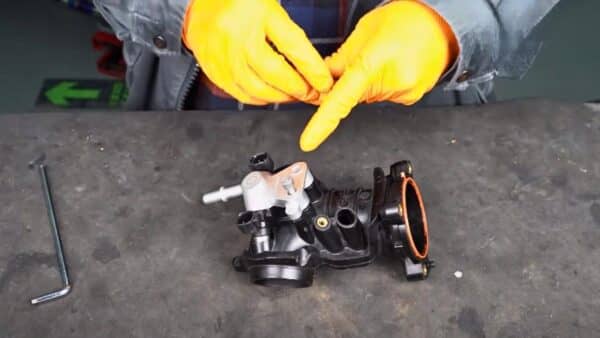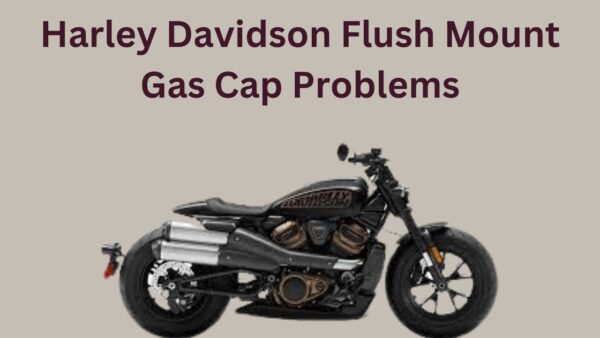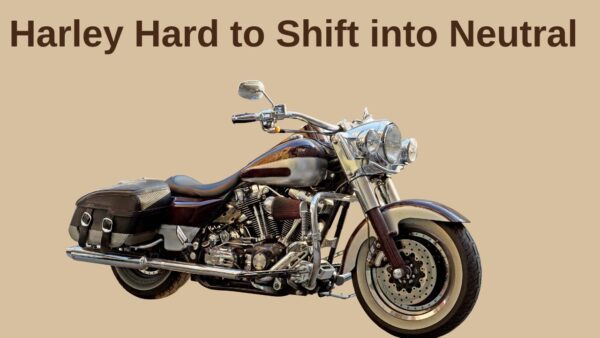Replacing the fuel injectors on your Harley Davidson motorcycle can seem intimidating, but it’s a doable task for any dedicated motorcyclist.
This step-by-step guide will walk you through the process, helping you to improve your ride’s performance and save money on mechanic fees.
We’ll break down the process into simple, straightforward steps, which will make it easy for you to follow along.
Let’s dive in!
Step-by-Step Guide to Replacing Fuel Injectors

To replace your Harley fuel injector you should locate and remove the older ones, choose appropriate injectors, install them, and connect fuel lines, and electric connectors.
1. Required Tools
You may need the following tools while replacing fuel injectors:
1. Socket Wrench Set
2. Fuel Pressure Gauge
3. Fuel Line Disconnect Tool
4. Cleaning Solution or Fuel Injector Cleaner
5. Compressed Air
6. Clean Lint-Free Cloths or Rags
7. O-Rings
2. Remove Old Fuel Injector
Step – 1: Disconnect the Battery
You should first ensure safety by disconnecting your motorcycle’s battery.
Step – 2: Remove the Seat and Gas Tank
Then remove your seat and gas tank; you can follow your Harley’s manual for the proper procedure and access the fuel injector area.
Step 3: Locate and Disconnect Injectors
Now find the fuel injectors on the fuel rail, and carefully disconnect the injectors from the fuel rail.
3. Install New Injector
Step 1 – Inspect New Injectors:
Ensure the new injectors are the correct type and size for your Harley Davidson model.
Step 2 – Position the Injectors:
Now carefully position the new injectors in the fuel rail or intake manifold.
Step 3 – Secure the Injectors:
Secure the injectors with any retaining clips or bolts as required.
Step 4 – Connect electric connectors:
Once your injector, you should reattach the fuel lines and electrical connectors to the new injectors.
Step 5 – Reinstalling Components:
And now reinstall any components removed during the process, such as the air cleaner, tank, and seat.
Once you’ve are done turn on the ignition to pressurize the fuel system and check for any leaks around the new injectors.
How to Choose Fuel Injector?
It’s crucial to pick the right fuel injectors for your Harley Davidson Twin Cam or Milwaukee-8 engines to improve performance and tuning.
Bigger injectors don’t create more power but are needed to support extra power beyond what the stock injector can handle.
Stock injectors in some Harley Davidson models work well for small to medium power increases.
Different Harley Davidson models use different injector sizes, which may need to be upgraded for more power.
Stock Injector Sizes for Harley Davidson Models
- 2017-later Milwaukee-8 (all models): 4.38 gm/s
- 2008-2017 Twin Cam Throttle by wire: 4.35 gm/s
- 2006-2017 Twin Cam w/cable throttle: 3.91 gm/s
- 2001-2005 Twin Cam: 4.35 gm/s
This is the time the fuel injector is activated during an engine cycle. It’s important to keep the maximum duty cycle between 80-90% for Harley Davidson applications.
Using injectors that are not bigger than necessary is better for control at lower RPMs and enough capacity at higher RPMs.
How to Reuse a Fuel Injector?
If you want to reuse the older injectors, you can clean them. Soak and clean the injectors using a special cleaner or a mixture of cleaner and gasoline. If needed, you can gently brush the tips.
After cleaning, rinse the injectors with clean gasoline and let them dry.
If you’re putting the same injectors back, carefully place them in the manifold to ensure they fit properly.
Connect the fuel line, gas tank, and seat. Connect the battery, and ensure to start with the positive terminal.
Read Also:
Why you Need to Replace a Fuel Injector?
Fuel injectors in your Harley Davidson play a crucial role in ensuring the correct mixture of fuel and air enters the engine for optimal performance.
Over time, these injectors can wear out or get clogged, affecting the motorcycle’s power, fuel efficiency, and smooth running.
A functional fuel injector ensures that the right amount of fuel is delivered to your engine, facilitating optimal combustion.
When a fuel injector malfunctions, it can lead to a series of issues such as poor gas mileage, decreased acceleration, and rough idling.
Here are some signs, which might indicate a faulty fuel injector:
- If your engine misfires or experiences uneven running, this might be a sign of a failing fuel injector.
- A decrease in fuel efficiency could indicate that the fuel injector is not operating properly.
- Faulty fuel injectors can cause the engine to overheat due to an imbalance in the air/fuel ratio.
- If you notice a strong smell of gasoline, this might be a sign that the fuel injector is leaking.

Ahtsham Younas is a passionate blogger and content writer. He loves to ride motorcycles and learn the mechanical process behind the motorcycles.
He has been writing articles in the motorcycle industry since 2019 and has learned many things about motorbike niches.


